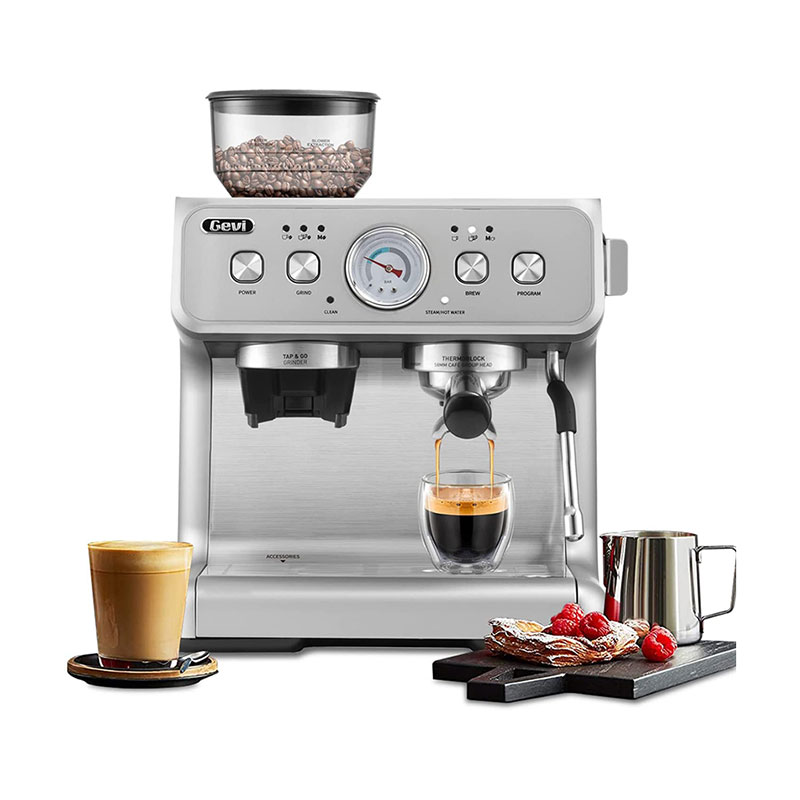Unveiling the Espresso Alchemy: Understanding the Anatomy and Mechanics of Espresso Machines
2024-02-02
Introduction:
The enchanting aroma of freshly brewed espresso, the rich crema atop a perfect shot – these are the hallmarks of a well-crafted espresso, and behind the magic lies the intricate design and functionality of an espresso machine. In this blog, we will unravel the secrets behind the basic components and working principles of an espresso machine.
1. The Boiler: The Heart of the Machine
At the core of every espresso machine resides the boiler. This vital component is responsible for heating and pressurizing water to the optimal levels for brewing espresso. There are various types of boilers, including single, double, and heat exchange systems, each influencing the machine's performance and capabilities.
2. The Pump: Transforming Water into Liquid Gold
The pump is the unsung hero, responsible for creating the pressure necessary to extract flavor from the coffee grounds. Espresso extraction typically requires pressure in the range of 9 to 15 bars, and the pump ensures a consistent and controlled flow of water through the coffee puck.
3. The Portafilter: Gateway to Flavor
The portafilter is the vessel that holds the coffee grounds during extraction. Its design and material play a crucial role in temperature stability and the overall extraction process. Different machines may feature single, double, or even triple spouts, catering to the user's preference for shot size.
4. Group Head: Where the Magic Happens
Positioned above the portafilter, the group head is the gateway through which water is forced into the coffee grounds. The temperature stability and even distribution of water through the coffee bed are key factors in achieving a well-balanced and flavorful shot.
5. PID Controller: Precision in Every Degree
Some advanced espresso machines incorporate a PID (Proportional-Integral-Derivative) controller, offering precise temperature control. This technology ensures that the water temperature remains stable throughout the brewing process, contributing to consistency and flavor perfection.
6. Steam Wand: Frothing Elegance into Milk
For those who enjoy milk-based espresso beverages, the steam wand is a crucial component. It introduces steam into the milk, creating a creamy and velvety microfoam for lattes and cappuccinos. The art of frothing adds an additional layer of mastery to the espresso-making process.
7. Drip Tray and Water Reservoir: The Cleanup Crew
Beneath the portafilter, you'll find the drip tray, which collects any excess water or coffee during the brewing process. The water reservoir stores the water needed for brewing and steaming. Easy accessibility to these components ensures a clean and efficient coffee-making experience.
Conclusion:
Understanding the basic components and working principles of an espresso machine unveils the science and craftsmanship behind every cup. From the precision of the pump to the artistry of the steam wand, each element contributes to the alchemy of turning coffee beans into a symphony of flavors. Armed with this knowledge, coffee enthusiasts can approach their espresso machines with newfound appreciation and embark on a journey to master the perfect shot.



